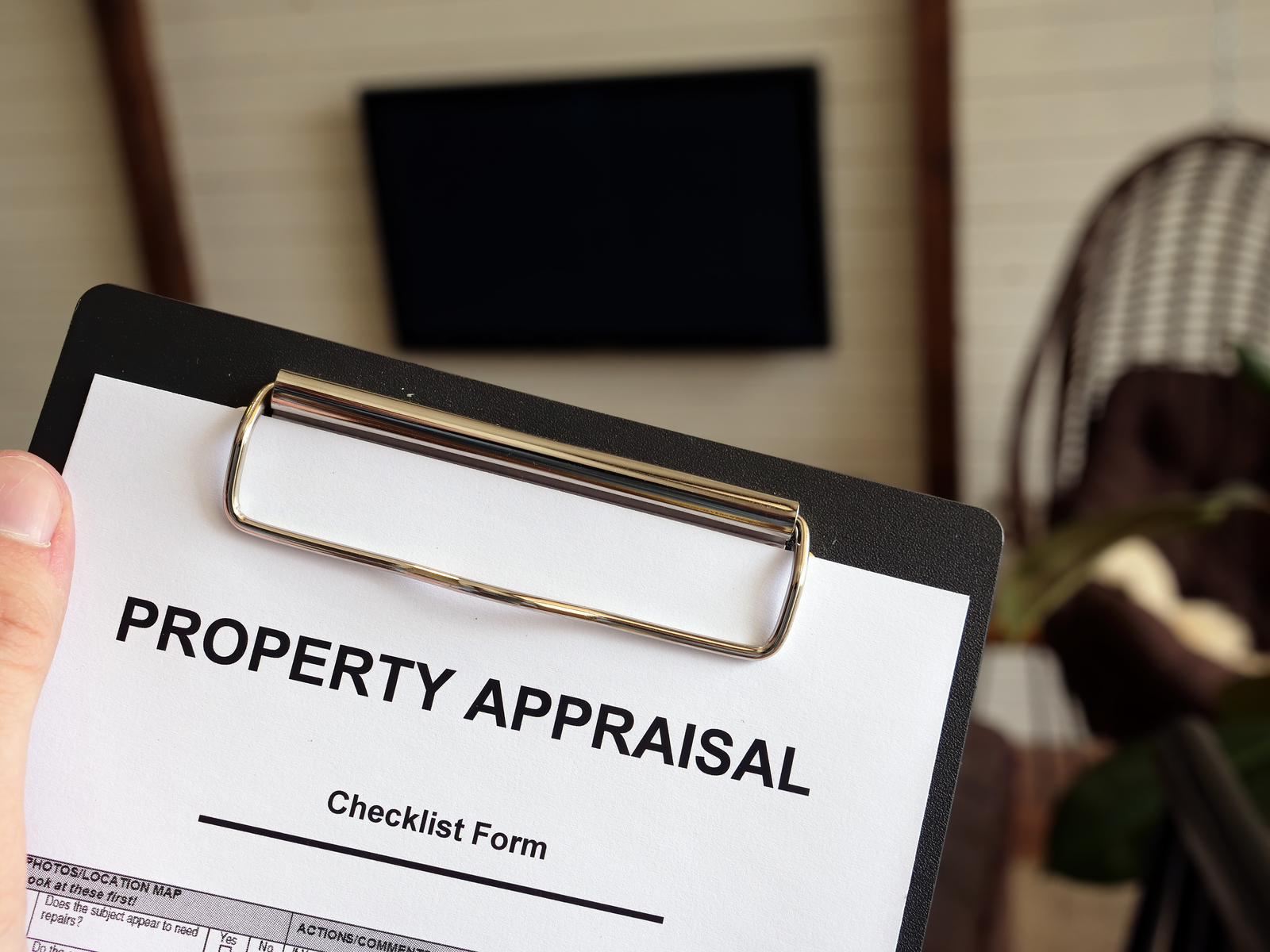The Buying Process
Get Started Now!Buying a home can be an exciting and emotional experience. As a local expert, you can rely on me to guide you through the process so you can feel comfortable and confident each step of the way.
01-
Get Pre-Approved
The first step to buying a home is to understand your buying power and establish a price range. A licensed lender can help evaluate your financial standing and provide a pre-approval. They will review your income and credit history to determine how much the bank will lend you, which will help you determine the price range for your search. Having a pre-approval letter in-hand can also increase the attractiveness of your offer, particularly when a seller has multiple offers to choose from.


02-
The Home Search
As your REALTOR®, I will help search for homes on your behalf. When you find a home that you like, we’ll schedule a showing tour for you to preview the property in person.
03-
Making an Offer
When you’re ready to move forward with a purchase, I will advise you on constructing the strongest offer possible. Then I will draw up the necessary paperwork on your behalf. There is a lot to consider when making an offer. We’ll discuss the purchase price, the closing date, sale contingencies and any special stipulations for your particular purchase. Once an offer is submitted, the seller may accept, reject or counter the offer. If the seller returns a counter, we will enter a negotiation period until an agreement is reached, or the offer is rejected by either party.


04-
Going Under Contract
If your offer is accepted, you will be officially under contract. The purchase will not be complete until closing, but the home cannot be sold to anyone else while the contract remains in effect. At this point, unless you are making a cash purchase, it will be time to make an earnest money deposit and secure your mortgage loan. Lenders offer a wide range of loan programs, so it’s important to work with a lender you trust to help you determine the best loan for your specific circumstances.
05-
Home Inspection
Inspecting the physical condition of your next home is a vital part of the home-buying process. A licensed home inspector will conduct a comprehensive evaluation of the entire property and report any problems with the condition of the home’s structure or systems. The inspector will also investigate potential issues such as pest infestations or mold. Depending on the purchase agreement, we may enter additional rounds of negotiation to resolve any problems discovered during the inspection.


06-
Home Appraisal
Your lender will arrange a professional appraisal of the home. An appraisal is an unbiased estimate of the true (or fair market) value of a home and is conducted by an independent third party. The appraiser will confirm the appraisal value of the property for all parties involved. If the home appraises at less than the expected value, you may have the option to renegotiate the purchase agreement or terminate the contract.
07-
Final Walkthrough
Prior to closing, we will conduct a final walkthrough of the home to ensure that all negotiated repairs have been completed, and that the home is in the same (or better) condition as when the original offer was made. This is the final opportunity to call out any problems identified with the home before closing. Depending on the purchase agreement, you may sign a formal contract addendum confirming that the walkthrough is complete, and the condition of the home is acceptable.


08-
Closing
Time to celebrate! Your lender will provide a final closing disclosure that summarizes the loan terms, monthly payments, taxes, and other costs associated with the closing. They will also confirm that you are clear to close, and you will sign all of the paperwork required to complete your purchase and loan agreement. Once the paperwork is signed by all parties and your loan is funded, you will receive keys, and you’ll be ready to move into your new home!
Moving Checklist
Do NOT Use
Your content goes here. Edit or remove this text inline or in the module Content settings. You can also style every aspect of this content in the module Design settings and even apply custom CSS to this text in the module Advanced settings.
Two Months Before Your Move
- Start A File: Create a “moving” file to keep track of vendor quotes, receipts and other records associated with your move.
- Create A Budget: Moving can be expensive! Evaluate your resources and establish a realistic budget for making your move.
- Request Estimates: Contact reputable moving companies to provide an in-home estimate. If you’re planning a DIY move, compare quotes from truck rental companies in your area.
One Month Before Your Move
- Get Some Help: Select a moving company and reserve your moving date. Some moving companies will even help you pack!
- Gear Up: Order boxes and other supplies such as tape, bubble wrap, labels and permanent markers.
- Sort & Purge: It’s a great time to get organized! Start sorting your closets, the garage and the attic.
- Out With The Old: Host a garage sale or donate your unwanted things to charity.
- Update School Records: If you have kids that are in school, arrange to transfer school records.
- Change Your Address: Pick up a change of address form from your local post office, or change your address online.
- Put Out The Word: Notify charge accounts, insurance companies, health-care providers and other organizations of your pending change of address.
Two Weeks Before Your Move
- Box It Up: Begin boxing up your belongings, starting with items you won’t need to use for a few weeks.
- Label Your Life: Make unpacking easier by labeling boxes with the room they belong in.
- Disconnect: Schedule disconnects for utilities such as gas, electric, water, and telephone service. Arrange any refunds that are due and schedule connections for your new residence.
- Discontinue: Cancel newspapers, Internet, cable TV, security, pest control, cleaning help, lawn maintenance and any other services you subscribe to.
- Take A Day: Notify your team that you’ll be out of the office.
The Week of Your Move
- Take Out The Laundry: Empty dresser drawers, cabinets, and other storage spaces and ensure that all furniture is empty.
- The Survival Kit: Pack a suitcase with items you can’t live without until you get moved in and unpacked.
- Final Scrub: Clean out the refrigerator, wipe down the sink and perform a final cleaning of your home.
- Book A Sitter: Arrange any moving-day needs for the kids and pets.
- Double-check The Details: Reconfirm the moving company’s arrival time and other details.
The Day Before Your Move
- Emergency Cash: Stash some cash, which may come in handy for a post-move pizza at the end of a long day!
- Rest Up: Be sure to get a good night’s sleep!
- Say Bye: Don’t forget to say goodbye to your neighbors!
Moving Day!
- Final Walk Through: Do a final walk of your home, turn off the lights and thermostat and lock all the windows and outside doors.
- Take Inventory: Before the movers leave, be sure to take an inventory of all your belongings to ensure nothing is missing.
Ready to Buy? Contact us below!


© 2024 Daniel Swaw, REALTOR® | LIC #335038 | Realty Executives - All rights reserved.
© 2023 Daniel Swaw, REALTOR® | LIC #335038 | Realty Executives – All rights reserved.
The Digital Millennium Copyright Act of 1998, 17 U.S.C. § 512 (the “DMCA”) provides recourse for copyright owners who believe that material appearing on the Internet infringes their rights under U.S. copyright law. If you believe in good faith that any content or material made available in connection with our website or services infringes your copyright, you (or your agent) may send us a notice requesting that the content or material be removed, or access to it blocked. Notices must be sent in writing by email to daniel@danielswaw.com. “The DMCA requires that your notice of alleged copyright infringement include the following information: (1) description of the copyrighted work that is the subject of claimed infringement; (2) description of the alleged infringing content and information sufficient to permit us to locate the content; (3) contact information for you, including your address, telephone number and email address; (4) a statement by you that you have a good faith belief that the content in the manner complained of is not authorized by the copyright owner, or its agent, or by the operation of any law; (5) a statement by you, signed under penalty of perjury, that the information in the notification is accurate and that you have the authority to enforce the copyrights that are claimed to be infringed; and (6) a physical or electronic signature of the copyright owner or a person authorized to act on the copyright owner’s behalf. Failure to include all of the above information may result in the delay of the processing of your complaint.

